Innovation on Wheels

How WPI research is improving the vehicles and roads that keep Americans and their goods on the move.
More than 260 million cars and trucks ply America’s byways and highways. At WPI, faculty members and graduate students in a number of disciplines are at work on advanced research that seeks to make these vehicles more fuel efficient, less polluting, and safer, while also bolstering the infrastructure they travel along and finding ways to reuse their component materials once they come to the end of the road.
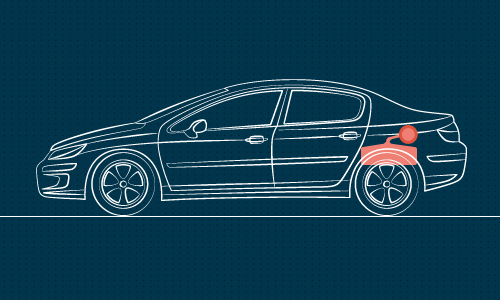
Sustainable Fuels
Lignocellulosic biomass, the parts of plants we can’t digest, hold great promise as a renewable source of liquid fuels to replace the gasoline and diesel made from oil. Right now, breaking down these materials is an expensive and dirty process. A team of chemical engineers at WPI is developing a process using solid acids that may finally make renewable fuels practical.
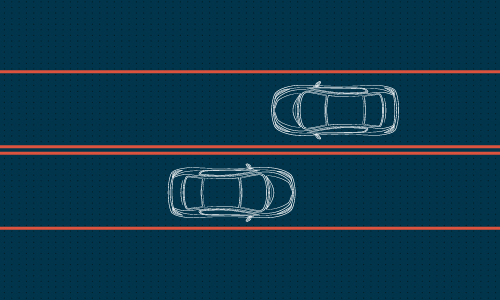
More Durable Roads
Traffic, weather, and time take their toll on America’s highways and other transportation infrastructure. Innovations being developed at WPI may extend the life of the basic ingredients of roads and bridges: asphalt and reinforced concrete. In one lab, researchers have discovered that a pinch of cinnamaldehyde makes concrete last longer.
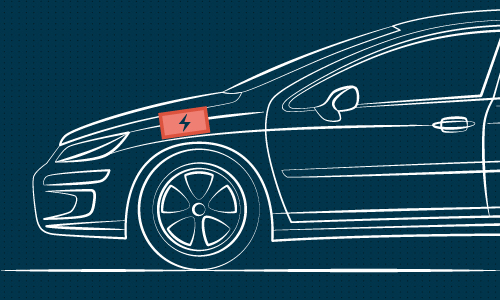
Cheaper Batteries
The cost of lithium-ion batteries makes up a substantial portion of an electric or hybrid vehicle’s sticker price. Researchers at WPI are looking to reduce that cost, thus making these vehicles more affordable, by developing the first truly effective and efficient method for recycling LI-ion batteries. The technology has been supported by the U.S. government and a consortium of auto makers.
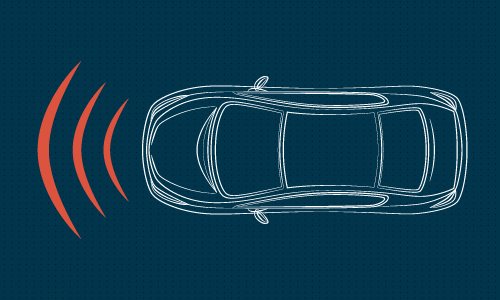
Connected Cars
In the not-too-distant future, autonomous vehicles may make the roads safer. But if cars are to drive on their own, they need to be aware of the other vehicles around them, which requires constant communication. WPI researchers are exploring the challenges of wirelessly connecting cars. They’ve discovered an unlikely model for managing busy inter-vehicular radio channels: the bumblebee.
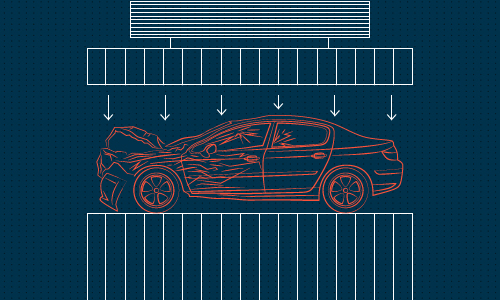
Recover, Recycle, Reuse
Even after a vehicle travels its last mile, it still has economic value. Many of the metals used to make it can be recovered and reused, keeping them out of landfills and reducing the need for mining and processing ores. Materials researchers at WPI are recovering rare earths from electric vehicle drive units and making it easier to reuse aluminum in cars, among other projects.
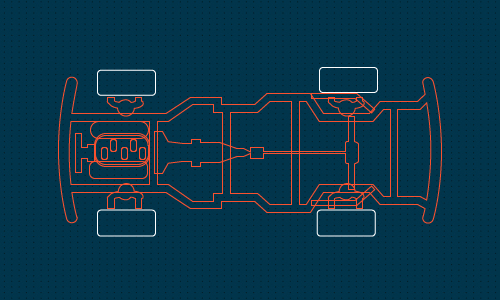
Lighter, Greener
A vehicle’s fuel consumption is proportional to its weight. WPI materials scientists and engineers are developing new lightweight alloys to replace heavier steel and are building computer models that will enable vehicle designers to select lightweight alloys to meet specific needs in vehicles, including strength and durability.